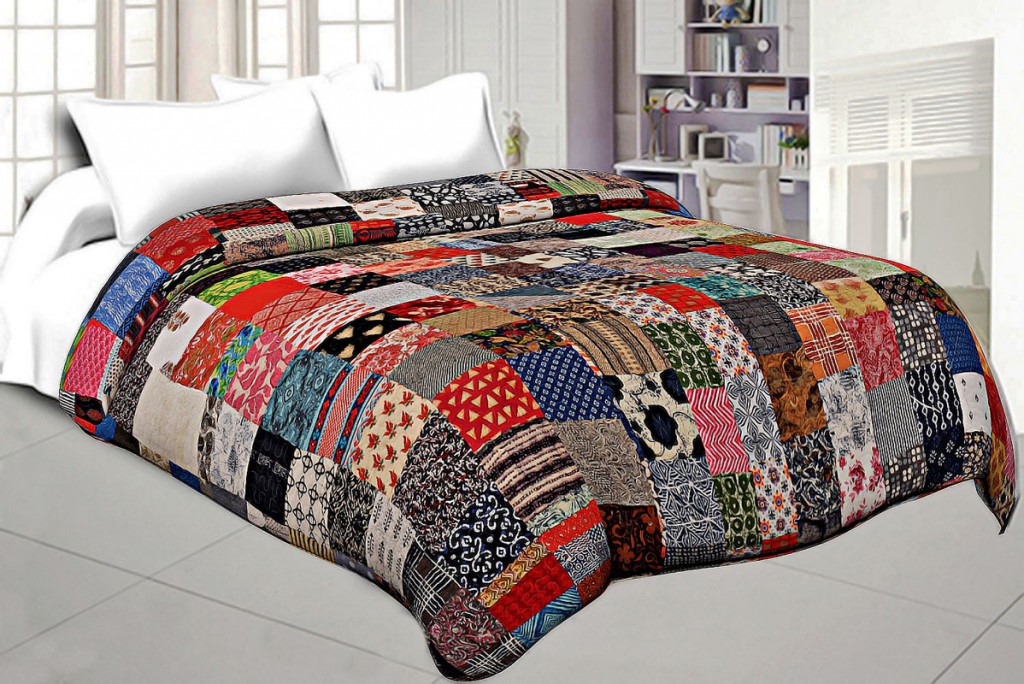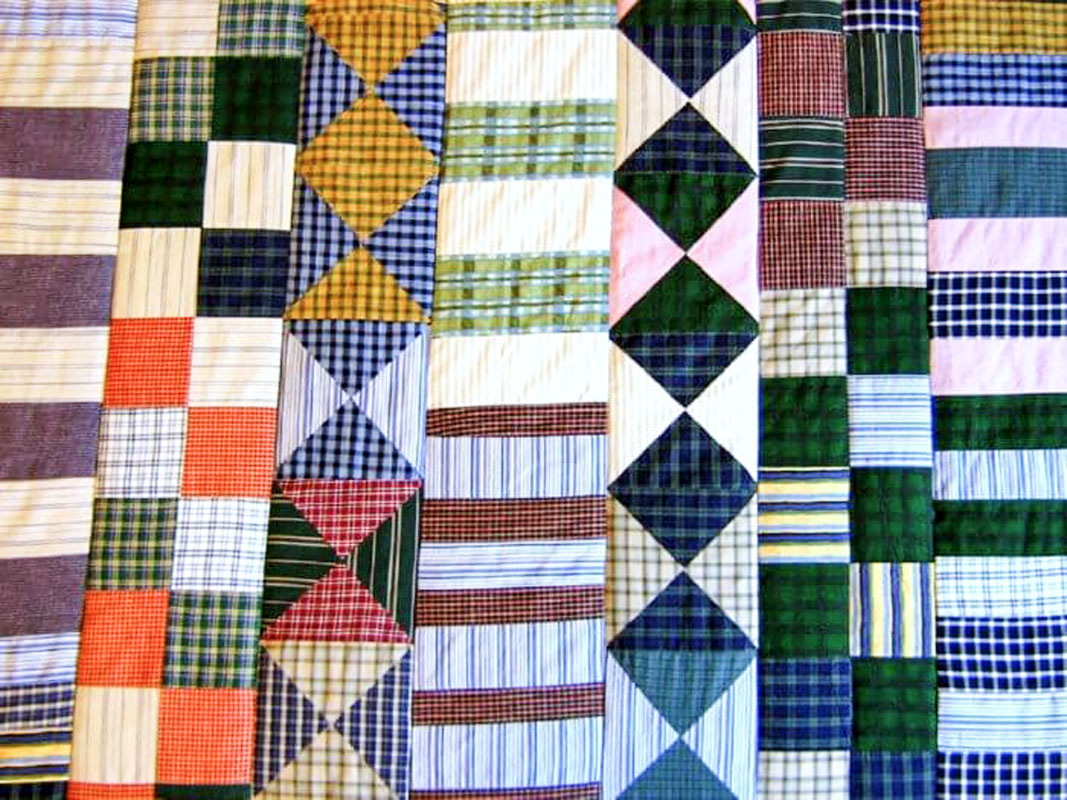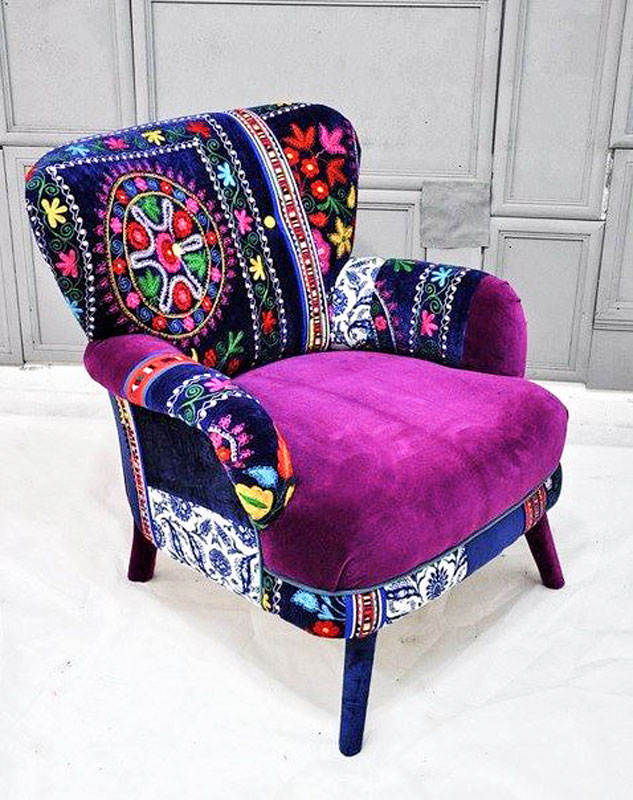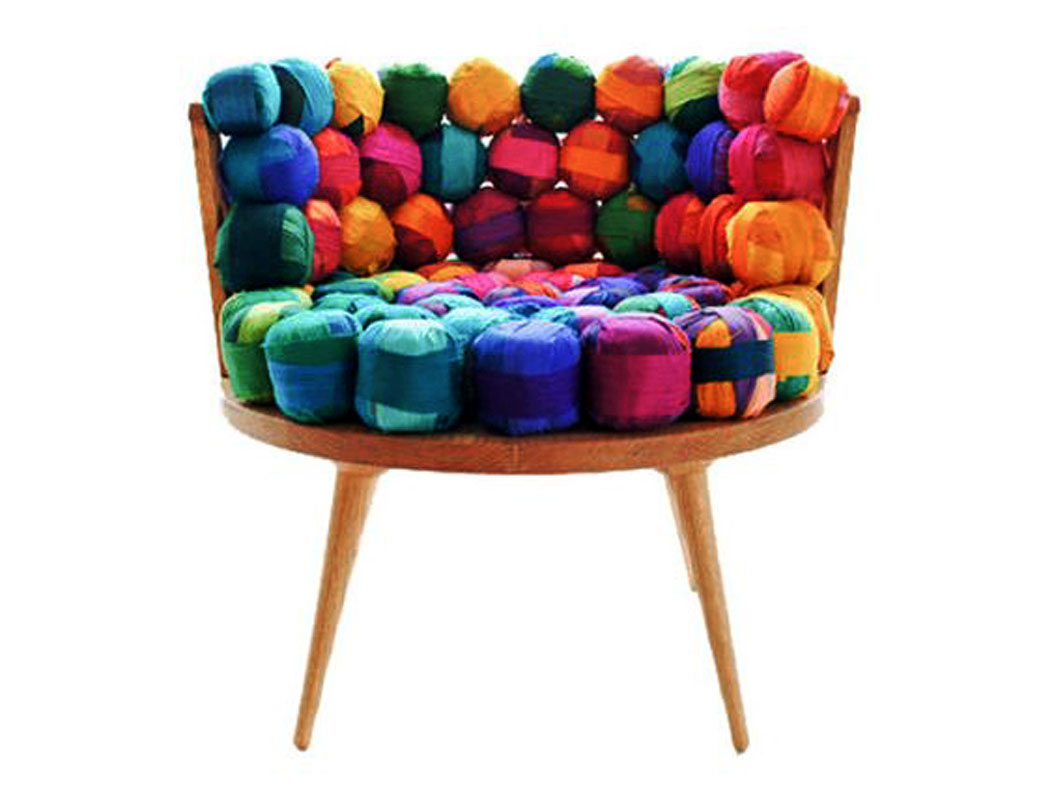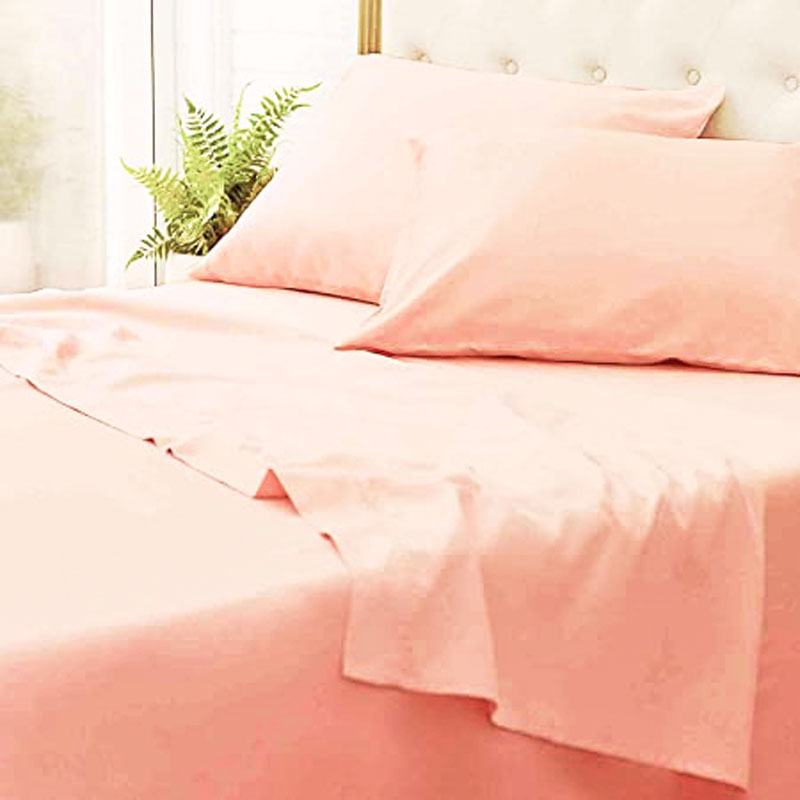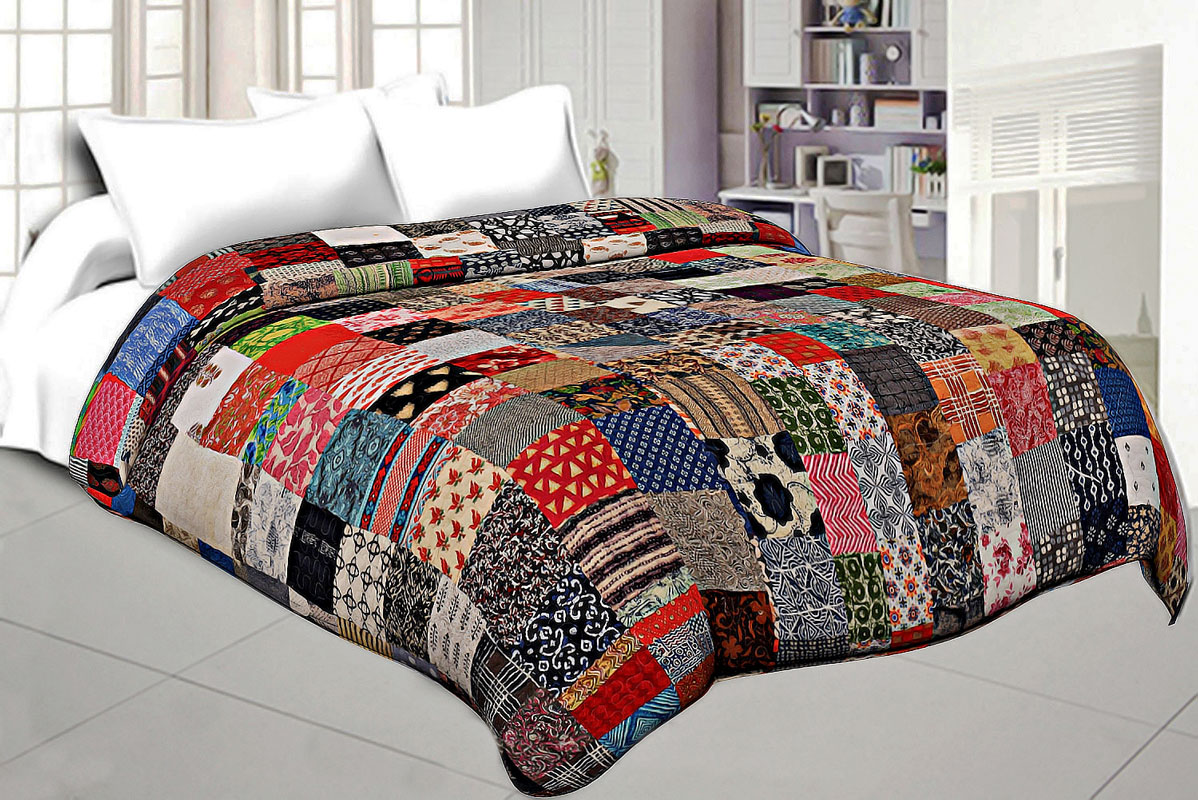
Home is where we spend most of our leisure time and if this sacred place is not healthy, free from all pollution and is eco-friendly, we would lose half the battle in trying to contribute to a green planet.
So to ensure that we are surrounded by a healthy environment we need to choose the most sustainable material for everything that makes up our home. The choice of materials for upholstery, curtains, bedsheets, counterpanes, runners, table mats etc matters a great deal. Apart from defining your carbon footprint it also defines the air that you breathe as some of these materials can give out toxic chemicals — ‘slow-release poison’ as it is often called.
So, let’s start with upholstery. My research into the materials commonly chosen by Indians threw up a wide spectrum — real leather, artificial leather, a mixture of cotton and synthetic, natural organic cotton, a mix of jute and cotton, hemp fabric, khadi, and fabric made of bamboo. I read up on the environment-friendly advantages and disadvantages of these choices and distilled some information that you may like to keep in mind when you next upholster your home.
Let’s start with the leather options. Though natural leather is flexible, good for cold climates and is biodegradable, its downside is in the processing. Its tanning requires a lot of water and chemicals, and the methane gas produced by the cattle and their manure is a greenhouse gas that contributes to global warming. Biological waste and animal cruelty are also negatives. In fact, today we have something called vegan leather. This is often made of polyurethane and is not biodegradable. There are also synthetic leather alternatives derived from cork, pineapple leaves, apple peels and recycled plastic that would make good choices. However, these are not easy to come by and are said to not last long enough.
Consumers often go in for the mixed choices. A mixture of synthetic and cotton, or jute and cotton, are good options as these are more durable, the fabric holds out well, without needing too much fussing. Often it is polyester that is mixed with cotton. Contrary to belief, polyester is recyclable, and the byproducts used in its manufacturing are not very harmful. But there is a downside as well. It is a petroleum-based product and with every wash it also contributes to micro plastic pollution.
Organic cotton, hemp fabric and bamboo fabric are of course the best options. When fabric is made from organic cotton it means there has been no use of pesticides or herbicides. It is nice and soft and has hypoallergic qualities. Apart from upholstery, it is ideal for bedsheets, counterpanes, mats, quilt covers — anything you are in close proximity with every day. Many companies also have their organic cotton guaranteed and accredited from credible organisations.
Bamboo fibre is another eco-friendly and aesthetic substitute. In fact, a lot of wallpaper is made from it as it is hypoallergenic, absorbs moisture and is biodegradable. In homes it is often also chosen for towels and baby clothes. As it is a fast-growing plant and easily replaceable, it is a no-guilt choice.
Hemp fabric, derived from what is known as the marijuana plant, has similar qualities as bamboo and enriches the soil it grows in. The material is said to be stronger, more insulating and absorbent than cotton and a great choice as a fabric. However, though it grows abundantly in India and is legal to grow for industrial use such as producing fabric, it is not cultivated and converted into fabric to the extent it could be. But if it is on offer, go for it if you can afford it. The problem with organic cotton, hemp and bamboo derived material is that they can be expensive. But they are better for your home’s air quality.
Our very own khadi, a heritage of which we should be very proud, too is a great choice. Not only is it simple, elegant and hardy, it has a low carbon footprint as no machines or energy is used in its spinning. According to reports, a metre of khadi fabric requires three litres of water, while the same amount of fabric produced in a mill consumes 55 litres of water. Though it may be more expensive on the pocket, it is light on the conscience, generates rural incomes and helps the country’s economy.
When it comes to table mats, coasters, trolley covers, tablecloth where the material required is limited and cleaning has to be done regularly, it is best to go in for the very best options. Table mats of jute, wood, khadi or cotton fabric are more in line with the environment, they can be easily cleaned, affordable, easily replaceable and most important, are biodegradable and recyclable as they are made of natural fibres. Those made of polyester, vinyl or silicone may be convenient, but would clutter the landfill for a long time to come after they are discarded.
In fact, I will have to come to an old world obvious. If you remember, most people in the country once upon a time would make all these from scraps of unused cloth or left over from other stitching. Mothers, grandparents and children would embroider flowers, birds, animals onto them, transforming them into the most beautiful mats or centrepieces. I remember my cousin hand painting each table mat with a different motif using fabric paint and the same colours. When upholstering furniture, the scraps of leftover fabric could be turned into mats or a runner for the dining table.
There are ideas galore to be explored — the only thing that needs to be ensured is that they are sustainable and hurt the earth the least.
The writer is a senior journalist who writes on environmental issues






